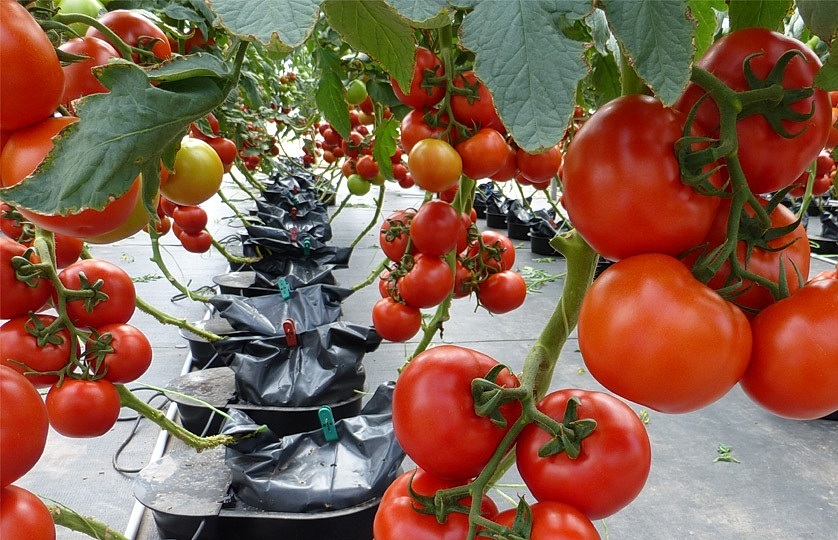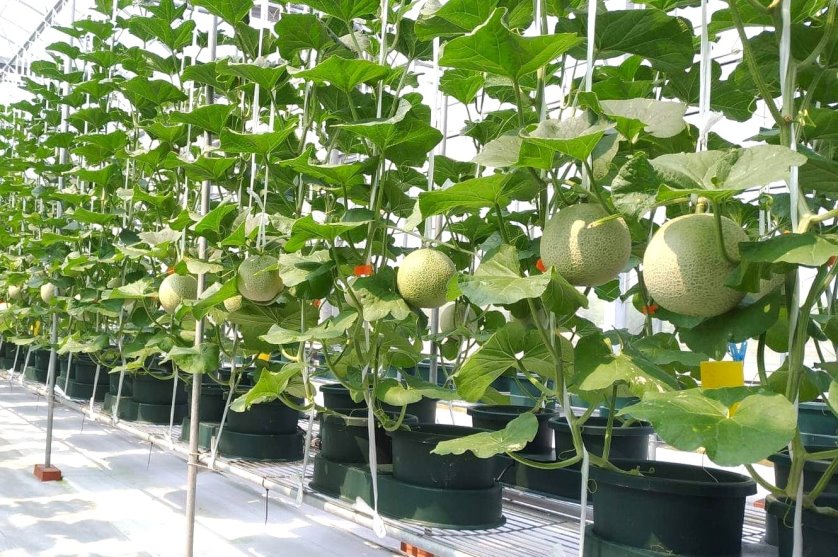

Autopot® Systems (自主潮汐式養液栽培系統),源起於傳統養液供給方式的操作困境與缺失之改善所因應而生。一般往常被普遍利用之湛液循環給液DFT、薄膜流層NFT等架構以及點滴灌溉Dripping等舊形方式,前二者由於水體甚大,啟動和液溫控制的電力能源所費不貲,加上病原菌易於循環過程蔓延且設置施工時間與成本較不經濟,後者則控制準確度不易掌握,介質易於出現鹽類蓄積障害(Build up),其點滴裝置亦經常阻塞且三者同樣存在廢液排放等水源浪費與污染問題。這些疑慮在未來農業的投資上將無法真正落實環境保護與節能減碳省水的高規格標準,因而現階段全球的糧作生產與環境平衡兩大議題更必需要以嶄新的思維與技術才能夠挑戰高速發展的現代化農業。
Autopot® Systems具有無可比擬的環保創新技術與農業解決方案,其獨步全球之不排液、不循環、不回收且超低耗電之硬體設施與栽培軟體設計在操作上相輔相成,成為世界排名首位且在蔬果、糧作、花卉、景觀等項目上堪稱最高效率的綠色科技農法,亦是領航新世代植物工場的最進化型養液栽培系統。其技術下所栽種之蔬菜果物等生長迅速健全,能夠保有植物原本特有之香氣、顏色、株型,且葉肉厚實、清脆可口,明顯顛覆一般循環水耕方式常遭消費者所詬病之無味、葉薄又儲藏時間過短等諸多缺點。
Autopot® Systems零排放的無汙染節能機制是其基本的發展主軸,技術上的傑出表現,令定植作業更為簡便快速,且收獲和清洗容易。在植物工場的建構中,由於各栽培床獨立單位之體積小,能適應各種地形之擺設且靈活規劃,通風性佳,加上系統輕量化,利於細質鋁架作立體高層移動栽培設計,提昇較傳統固定結構多出35%以上的栽培空間。未來在AI智能採收模式的積極開發引導下,國際間養液栽培技巧及植物工場結構,將因Autopot®綠色科技農業生產系統的推出而被重新定義。
Autopot® Systems擁有整體超過二十項以上適合各式生產作型的栽培系列,皆同時具有施工快速簡便、用水量小之優點,其抗紫外線材料可長期回收再利用,無保麗龍材質的環保問題;系統穩定性高,各種獨特防蚊蟲、防雨水的設計可有效迴避惱人的登革熱困擾,設施場內清潔不泥濘,後續工作少,於屋頂或建物的室內或室外花園造景上,更是提供了量輕,省水、隔熱、防水等有效的城市綠化解決方案。
 |
 |
 |
 |
《Why plants grow so well in the Autopot® Systems》
The common conventional hydroponic system using media are drip to waste and ebb and flow. In a variety of ways and under a variety of systems of control, a water/nutrient mix is supplied to the plants in the system. The control at its simplest is manual, and at its most complicated, computer controlled. Even in the most comprehensive computer controlled Nutrient Film (NFT) systems, the cycle is normally dictated by the needs of the thirstiest of the plants in the system, so the average plant will get more water/nutrient than it needs which is usually also more than is good for it. This is done on the basis that a bit too much water, while perhaps not the ultimate in supplying the best growth rate, is better than too little water. There’s an old farmers saying that “you can always grow something in mud but you can’t grow anything in dust”.
Another side problem with conventional hydroponic is that all systems recirculate nutrient which very often accounts for the nutrient becoming corrupted and spreads disease problems through the entire system. To alleviate this problem it is standard practise to constantly monitor and balance the pH and CF level of nutrient which requires a significant investment in both equipment and time, or in many professional systems, excess water and nutrient is run to waste.
The Autopot® Systems is designed so that the individual plants in their individual containers can dictate when they get their water, according to their needs. A wide range of different plants in an Autopot® Systems will each take on water at totally different times and cycles, rather than being tied to an automated cycle. This is achieved without the use of electricity, pumps or expensive plumbing, yet the system operates fully automatically as dictated by the plants themselves. For instance, in the Autopot® Systems, a potted cactus that may require water every third day or so will happily thrive alongside a tuberous begonia which in summer is demanding water three or even four times a day, each time getting a wet cycle and each time becoming virtually dry again before the water is replenished, as nature intended. Both plants will flourish. This is the vitally different aspect of the Autopot® Systems and the one that gives the system its great advantages. Even the most sophisticated computer controlled watering cycle cannot come anywhere near matching the advantages of having the plants dictate their own individual needs.